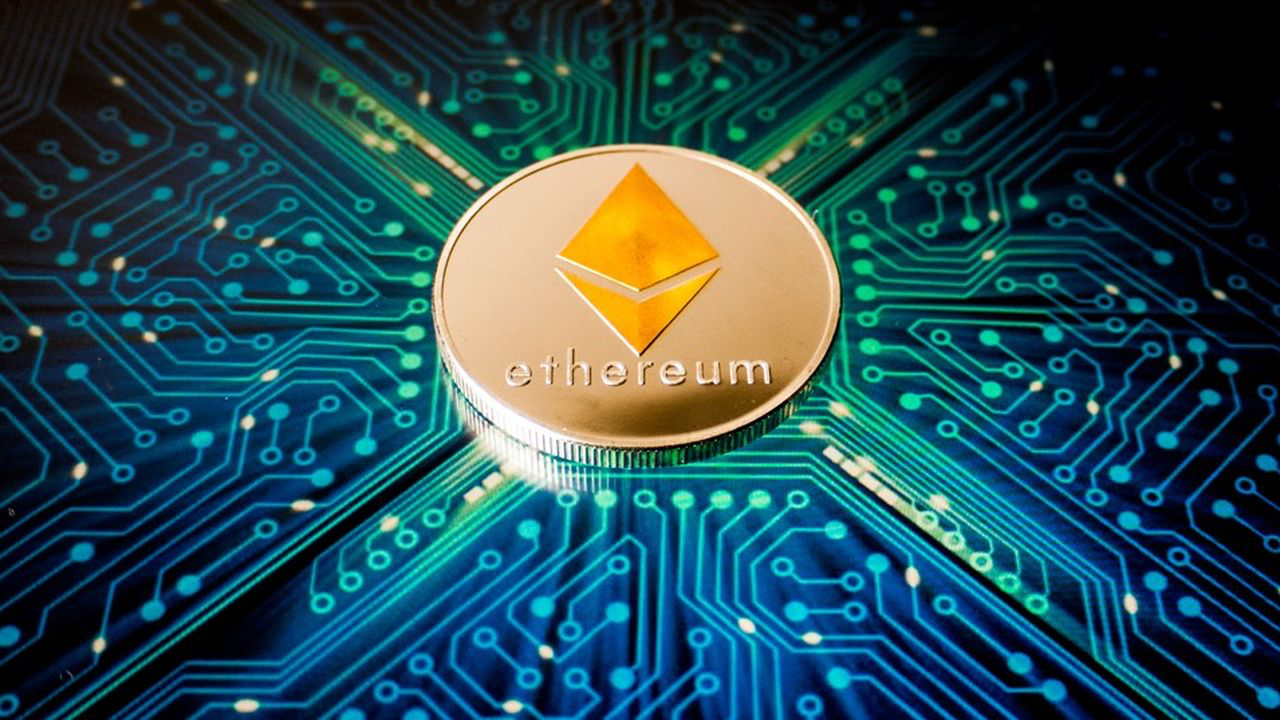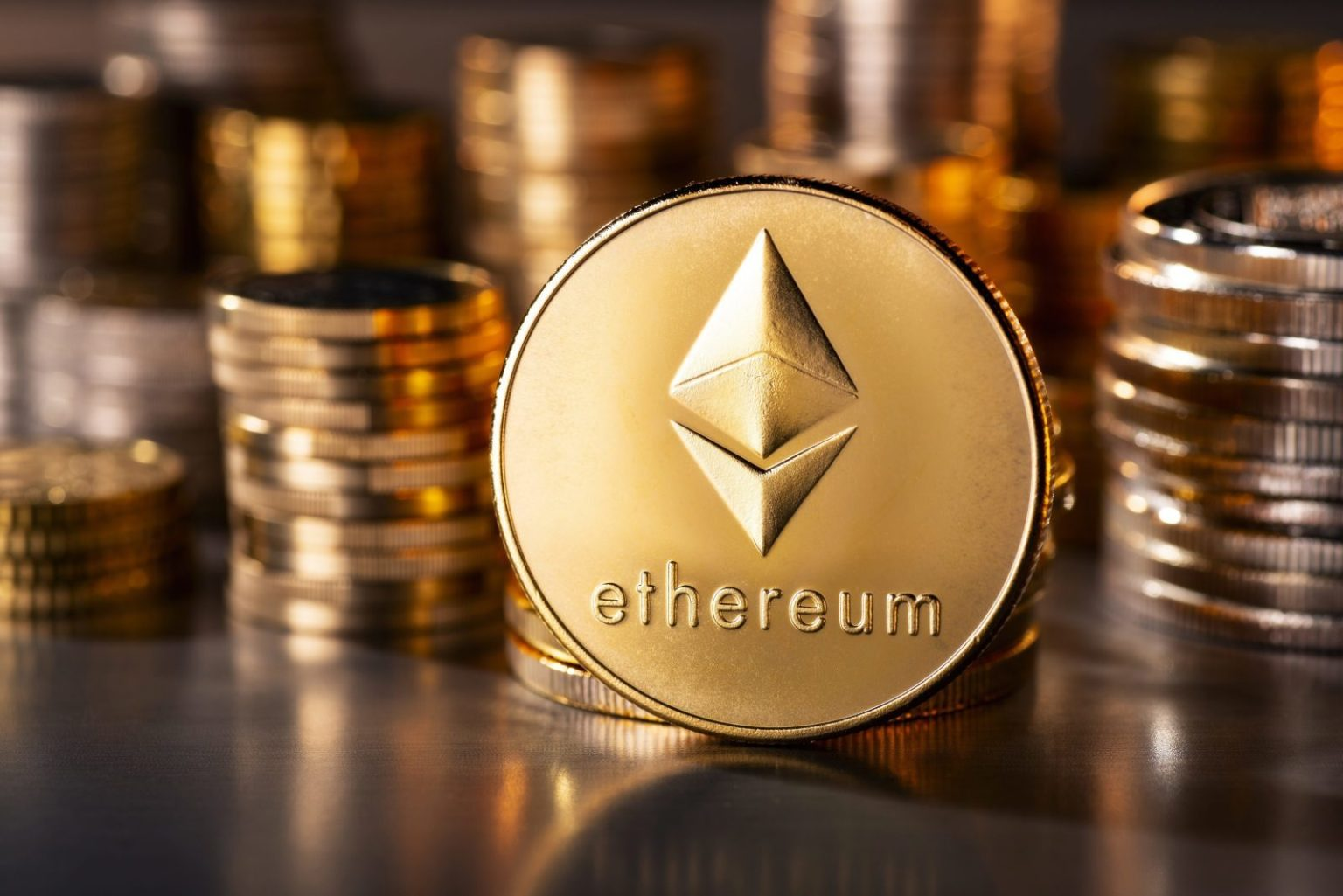Gas in ETH is not just a transaction fee, but a fundamental element of the Ethereum architecture. It manages network resources, determines the cost of operations, and ensures the security of smart contract execution. Without a fee, no transaction is possible—it serves as fuel for all actions in the ecosystem. Understanding how gas works in Ethereum is key to reducing costs and efficiently interacting with the blockchain.
No transaction in the Ethereum network is possible without the resource that drives the system forward. The network’s ETH unit is a measurable fuel for operations that determines the ability to execute smart contracts, transfer assets, and interact with decentralized applications.

Any action in the blockchain requires energy. Gas is that energy, but in computational equivalence. Each operation has a price, expressed in units of this computational fuel. When a developer creates a contract, the system calculates its resource intensity. When a user sends tokens, the network also calculates how much computational effort will be required for confirmation. This is not an ephemeral abstraction but a specific mechanism for managing computational power.
The concept of gas emerged with the launch of Ethereum in 2015. At that time, developers decided to separate the cost of an operation from the price of the ETH token. This provided flexibility: as the token price increased, the fee remained predictable.
How does gas work in Ethereum? First, the system evaluates the number of operations. For example, if the price is 30 Gwei and the operation is 21,000, the total fee will be 630,000 Gwei (or 0.00063 ETH).
As demand increases, the price rises. The auction mechanism forces competition for inclusion in a block. Those who pay more get priority. This is how the cost of computational fuel in Ethereum is formed in real-time.
Gas in ETH is not a chaotic sum but a well-structured system of calculations. The fee for computational fuel in Ethereum is not just an “entry fee” but a well-thought-out three-tiered mechanism:
If the Base Fee is 50 Gwei, Priority Fee is 10 Gwei, and the user specifies a Max Fee of 70 Gwei, the fee will be a maximum of 70 Gwei, but the excess will be returned. This system was implemented with the EIP-1559 update and changed the way fees are calculated.
Ethereum’s digital gasoline is a control element. The user determines how much they are willing to spend. The higher the offer, the faster the transaction will be confirmed.
Fuel for a car is priced per liter. But the distance the car will travel depends on consumption. Gas in ETH is the liters, and a smart contract is a car with a specific appetite. A compact car will save, an SUV will consume more. If an application requires complex logic, the number of operations increases. This means the fuel fee increases. This is a simple way to balance load and cost, making the network resilient to spam and overload.
A smart contract without limits can get stuck in a loop and “burn” an infinite number of computations. Limitation prevents abuse. If the limit is reached, the operation is interrupted, and only part of the funds are deducted. The remainder is returned.
This is critical in development. The programmer sets limits, tests on the testnet, analyzes costs. Gas in ETH turns the network into a managed environment where every action is calculated and verified.
High Ethereum fees are a scourge of network activity during peak times. But there are optimization methods. Let’s consider methods that yield real results:
Those who track trends and choose the right moment save without sacrificing speed.
Every newcomer to Ethereum encounters fees and the question: what are the charges for? Understanding the concept of computational fuel is key to building trust and acceptance. Gas in ETH is not a hidden fee but an architectural element ensuring fairness.
The growth in the number of users increases the load. Consequently, the cost increases. In this context, the implementation of second-layer solutions and the transition to scalable architectures like Ethereum 2.0 are important.
Gas in ETH is involved in every network development. Without it, controlling resources, assessing load, and motivating participants would be impossible.
Ethereum is evolving. Updates like Dencun and Proto-Danksharding modify the fee structure. The main goal is to reduce Ethereum fees, speed up operations, and increase throughput.
Gas in ETH is a tool not only for payment but also for flexible scaling. Network architects use it to balance between accessibility and security. Introducing Data Availability Sampling and blobs reduces the load and transaction costs without compromising decentralization.

Gas in ETH is the foundation of the network. Without it, transactions will not occur, smart contracts will not function, and security will not be ensured. Understanding how transaction fees work in Ethereum allows for informed decision-making, action planning, and cost minimization.
The fee in Ethereum is not a random amount. It is the result of calculation, demand dynamics, and network architecture. Those who have the data save and win.

Ethereum has consistently held the second spot among cryptocurrencies by market capitalisation, reaching $400 billion by early 2025. Since its launch in 2015, its value has grown from $0.30 per token to a peak of $4,800 in November 2021—currently, the average price of the coin hovers around $3,200. Due to the asset’s volatility, the question …

The dawn of the digital asset era is transforming traditional financial models and opening new horizons for investors. Investing in Ethereum is a strategically important direction that allows for the potential of blockchain technologies and smart contracts to be realised. The process requires an analysis of the platform’s fundamental principles, an assessment of the technological …